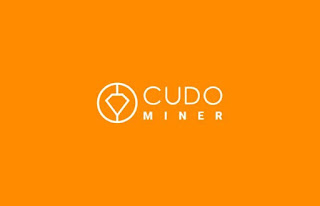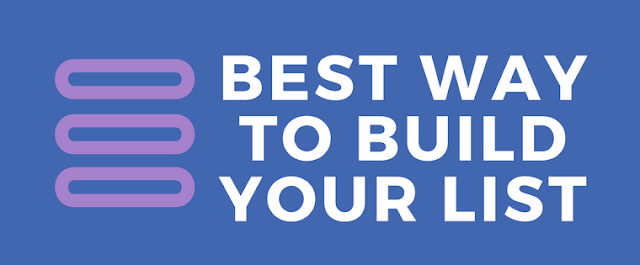Cudominer hack your Pc , warning do not install
How to block hackers from mining cryptocurrency on your computer and smartphones
Cryptocurrencies have become immensely popular, mainly because of their astronomical price gains. But there’s another important factor for these virtual coins — mining. Making it seem like similar to mining gold physically, mining cryptocurrencies mean that the machine is solving a cryptographic puzzle in order to validate any transaction.
But what if I told you that hackers are able to use your computer’s or smartphone’s power to mine currencies? Dubbed cryptojacking, this leads to faster battery drains on your devices or overheating, since they use the processor’s power without your knowledge. In fact, two such hacks already rank among the top 10 malware currently. So the question arises how can you ensure that you aren’t being affected by it? Well, don’t worry, rTo enable this, you simply need to access Settings > Basic > Block ads and check NoCoin. If you’re using MacOS, you can find this optioAs mentioned before, cryptocurrencies can also be mined by hackers through smartphones. For these devices in our pocket too, once again, Opera comes to the rescue. Both Opera and Opera Mini for Android come with the cryptojacking protecting by blocking such scripts directly with their ad blockers. Compared to our computers, these malicious scripts can prove to be more harmful to our phones considering if the website is open, it can keep mining in the background — affecting both the battery life and CPU / GPU usage, which results in overheating.
The ad blocker can be switched on going to the app’s Settings.
You can also use Firefox with the No Miner add-on installed for smartphones to browse the web worry-free.
In case you’re using an iPhone and Safari web browser, then use 1blocker to ad block all such malicious scripts from running when you visit a website.
Use Malwarebytes
If you want to be absolutely sure, then install Malwarebytes on your computer and smartphones. While it’s free for the former, you’ll need to shell out for the premium version of the app for the latter. It however, is quite useful, as some mobile apps have also started cryptocurrency mining, which can’t be blocked by using the aforesaid methods.
You can also continue using your antivirus apps like Kaspersky to protect yourself against cryptojacking.
It must be noted that mining cryptocurrencies by websites isn’t necessarily a bad thing, however if they’re doing it without user’s knowledge, it certainly suggests the malicious intent. If you like a website though, you can surely add it to the list of exceptions in the respective methods mentioned above in order to let it continue mining on your phone or computer, whenever you visit it. You can also use your device’s power to mine for some good causes, as demonstrated
If you like reading this article, don’t forget to subscribe to the weekly newsletter, Last week in Crypto, where we curate all the happenings in the cryptocurrency space in one place.n in Preferences.
In fact, Opera also comes with some other interesting options for cryptocurrency enthusiasts. The browser comes with currency converter, letting you convert the price available in the form of the text to Bitcoin, Ethereum, Bitcoin Cash or Litecoin.
Can’t give up Chrome or Firefox?ead on to find how can you protect yourself.
What is cryptojacking
Also known as cryptocurrency mining, it refers to the fact that your system’s resources are being utilised to mine virtual currencies without your consent. This is possible by using a javascript code on the website, which when visited by you, starts the mining process.
Hackers have been able to hack websites to run such scripts. But at the same time, there are websites, who are using plug-and-play scripts from services like Coinhive.com
In a nutshell, both hackers or some popular websites you visit (such as Piratebay) can use your device to mine cryptocurrencies.
How to check you are affected by cryptojacking
If you’ve noticed your smartphone or laptop starting to overheat a lot or CPU usage spiking even when you aren’t using an intensive app, then you’re most probably affected by cryptocurrency mining.
You can also visit this website on your devices to check whether you’re safe or not.
Irrespective of the fact that your computer or mobile phone has been cryptojacked or not, prevention is always better than cure and you can protect yourself by following the suggestions below.
Use the Opera browser
While Chrome is one of the most popular browsers for computers, Opera has always brought forth some interesting capabilities to compete with Google’s offering. The latest edition of the opera browser comes with ad blocker with the built-in protection against cryptocurrency mining. The feature blocks the websites from running cryptojacking scripts, not much different from blocking ads on webpages.
If you don’t want to change your default browser, then you can download an extension called No Coin for Chrome For users of Firefoxan add-on referred to as NoMiner does the similar job. Similar to Opera’s built-in solution, these extensions monitor the websites having browser-based mining scripts. If a website has such script, it’s instantly blocked.
What about smartphones?





















